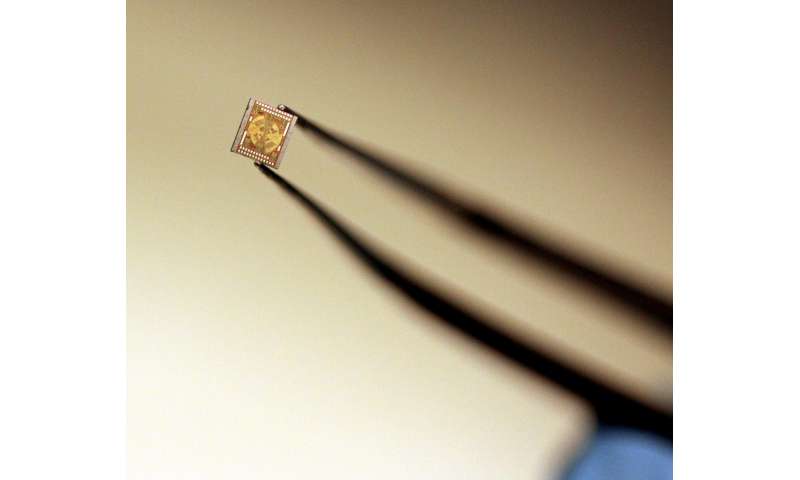Best of Last Week—A new way to see matter, brain changes when wearing police uniform and baby gender impact on mother

(ScienceX)—It was a good week for technological advancements as a team of researchers with the University of Oulu in Finland announced that they had developed a material that can turn sunlight, heat and movement into electricity—all at once. It is based on a mineral with a perovskite crystal structure. Also, a team with the Harvard John A. Paulson School of Engineering and Applied Sciences announced that they had developed a long-lasting flow battery that could run for more than a decade with minimum upkeep—the technology involves storing energy in organic molecules dissolved in neutral pH water. And a team at Princeton University announced that they developed terahertz chips that offer a new way of seeing through matter—using electromagnetic pulses that last just a millionth of a second.
It was a good week for space research as well, as a team at the University of Cambridge announced that they had found a bridge of stars that connects two dwarf galaxies—the two largest in the Milky Way, the Magellanic Clouds. The bridge spans approximately 43,000 light years. And Curiosity rover sharpened the paradox of ancient Mars by sending back data showing that the planet had too little carbon dioxide 3.5 billion years ago to allow for a greenhouse effect that could have allowed water to exist on the surface.
In other news, a combined team from the University of Wyoming, the University of Bern and the Swiss Federal Institute of Aquatic Science and Technology found evidence that appears to solve a fish evolution mystery in Lake Victoria in East Africa—hybridization between two distantly related cichlid species from the Upper Nile and Congo drainage systems. Also, a team at McMaster University found that wearing a police uniform changes the way the brain processes info and can impact how that person perceives others. Also, a combined team from Hebrew University of Jerusalem's Institute of Archaeology and Liberty University in Virginia announced that they had found the 12th Dead Sea Scrolls cave near the Dead Sea. And a team of researchers in the U.K. found that LED lighting could have a major impact on wildlife because some organisms can be drawn to it.
And finally, if you are a woman and are either planning on getting pregnant or already are, you might want to take a look at a report by a team at Ohio State University's Wexner Medical Center—they found that a baby's sex plays a role in pregnant women's immunity—female fetuses produced more pro-inflammatory cytokines when exposed to bacteria in pregnant women suggesting that carrying a girl may offer more immunity against infections.
© 2017 ScienceX